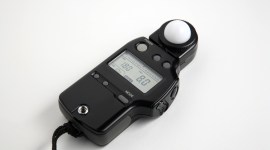
5 International Travel Tips for Filmmakers and Videographers
Here are five pieces of advice for managing gear — and yourself — when traveling internationally for a shoot.
Traveling internationally is stressful enough. Passports, visas, even the proper toiletries in the proper toiletry-sized bag can all be causes of stress when you’re in that mile-long security checkpoint line. Foreign languages, jet lag, customs, getting directions in a new city with a different culture — it can make your head spin.
Add prepping for your international production to that, and it’s easy to get overwhelmed. After my year on the road, I’ve picked up a few tips and tricks for any international shoot. Hopefully, these make the trip a little smoother — turbulence aside.
1.Travel Light
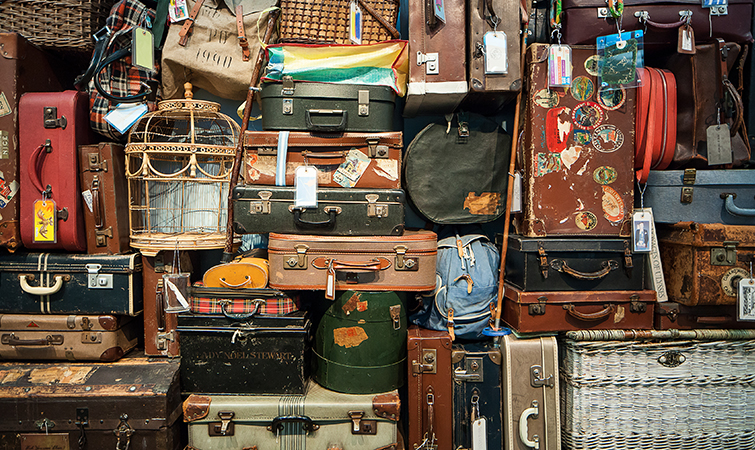
Image via Shutterstock.
This seems obvious, but it’s easy to overpack. With skyrocketing baggage fees, most of us cannot afford to not travel light. This means you must only bring your absolute essentials. And if you can afford it or plan to travel a lot, invest in lightweight or easily compacted gear.
To see my recommendations, check out “The Lightweight International Packing List,” also featured at PremiumBeat.
2. Carry On
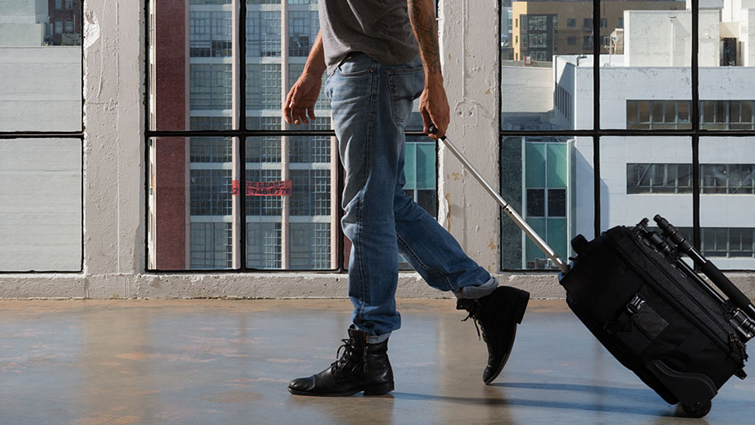
Image via Lowepro.
Never, ever “check” your essentials. Yes, I realize I just told you we are only packing the “essentials,” but strip that down even further to the bare minimum of what you absolutely cannot live without if something were to go awry with your checked baggage. And yes, that will eventually happen if you travel a lot — especially when flying on smaller foreign airlines or with multiple layovers.
This means utilizing that carry-on bag to the max. Carry on your camera, batteries, media, hard drives, audio, lenses, and (ideally) a small handheld rig broken down to fit. That might seem like a lot to cram into an overhead-friendly roller bag, but trust me — with enough time and practice, it is possible.
That way, if worst comes to worst, you know you can get scrappy and make your shoot work until the remainder of your gear arrives. If you’re flying halfway across the world for only a short amount of time, you absolutely cannot afford to lose even a day of shooting because a bag did not arrive.
3. The Buddy System
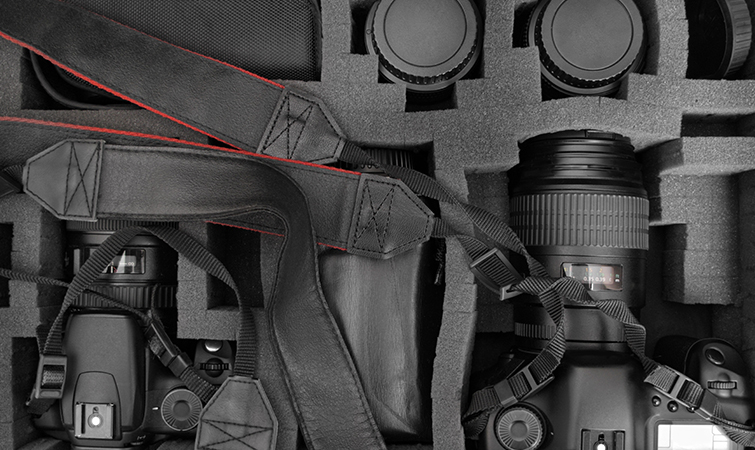
Image via Shutterstock.
Another way to conquer the “no-check” rule is to use every member of your crew. On the three-to-five-person documentary teams I frequently travel with, we usually break up the “one carry-on per person” count into a couple of Lowepros and a tripod bag. Since we travel together often, it’s easy for us to utilize space in the roller bags by separating and mixing gear packages to maximize space.
As for the tripod bag, you can fit a small video tripod, backpack slider, two monopods, and your boom pole into this one bag (trust me — I’ve done it!). It’s a bit of a Tetris game, but the trick is to remove the head on the tripod and slider and check them in your larger bag. If for some reason your checked bag doesn’t arrive with the tripod head, you still have two monopods to cover your first few days of shooting.
4. Spreadsheets
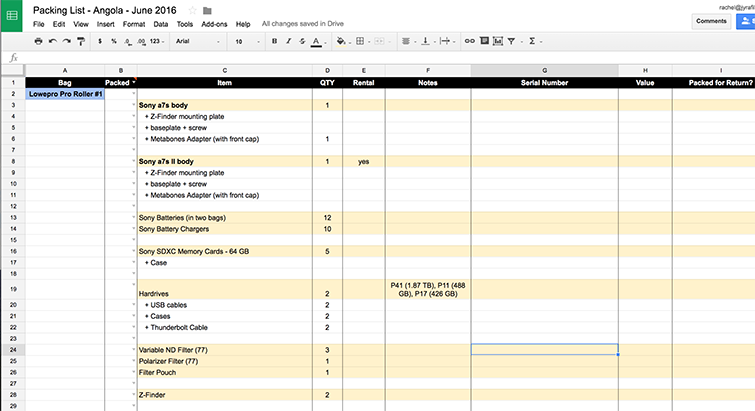
To keep track of which gear is in which bag, I recommend creating a spreadsheet. After twenty+ hours in the air, your jetlagged brain will thank you for any preproduction that spares you extra stress while building out a camera on zero hours of sleep in a completely different timezone.
My packing routine is to start with a complete inventory of all my usual gear. I make a copy of this base list, then make any changes specific to this current trip’s needs. I then organize the list by bag so I can reference that quickly when looking for something in country.
Build out your package completely before you pack it to make sure you’re not forgetting anything. Then, of course, double check that all the gear is in fact packed and ready to go. It seems tedious, but it is crucial to make sure you are not forgetting any little piece. Trying to track down a 1/4-20 screw in rural Angola is, quite frankly, completely impossible.
The same goes for repacking when you’re returning home. You’ll be tired, so relying on a system to repack reduces the likelihood of forgetting something.
5. Keep It Casual and Incognito

This is not always necessary, depending on where you are headed, but sometimes shooting remote can also mean shooting in places where media teams are less welcome. If that is the case for you, I have a few recommendations.
Pack your gear in bags that don’t look like camera bags. I recommend something like the Lowepro as your roller board in disguise, and we use a large, black Temba case for our checked luggage. It is just as protective as a pelican case, but it doesn’t draw the same amount of attention.
I also recommend this approach while on the ground shooting. Do your best to look like a local. Obviously, if you’re a skinny white girl traveling through Africa, this will be more difficult. But dress both practically and respectably. Don’t assume just because you are in remote or developing countries that you won’t want to seem presentable. If you’re dressed like Indiana Jones in your safari hat and pants, you’ll definitely stand out even more than you already do. And shooting documentaries demands we disappear behind our subjects as much as possible. You’re also less likely to get targeted for theft or unwanted attention if you follow these rules.
Often, you can fly under the radar if you claim to just be a tourist with a super-expensive filmmaking hobby. But if you aren’t comfortable doing so, double check that you have all the appropriate visas for working in country, even if just for a temporary shoot.
Do you have advice for shooting internationally? Let us know in the comments.




